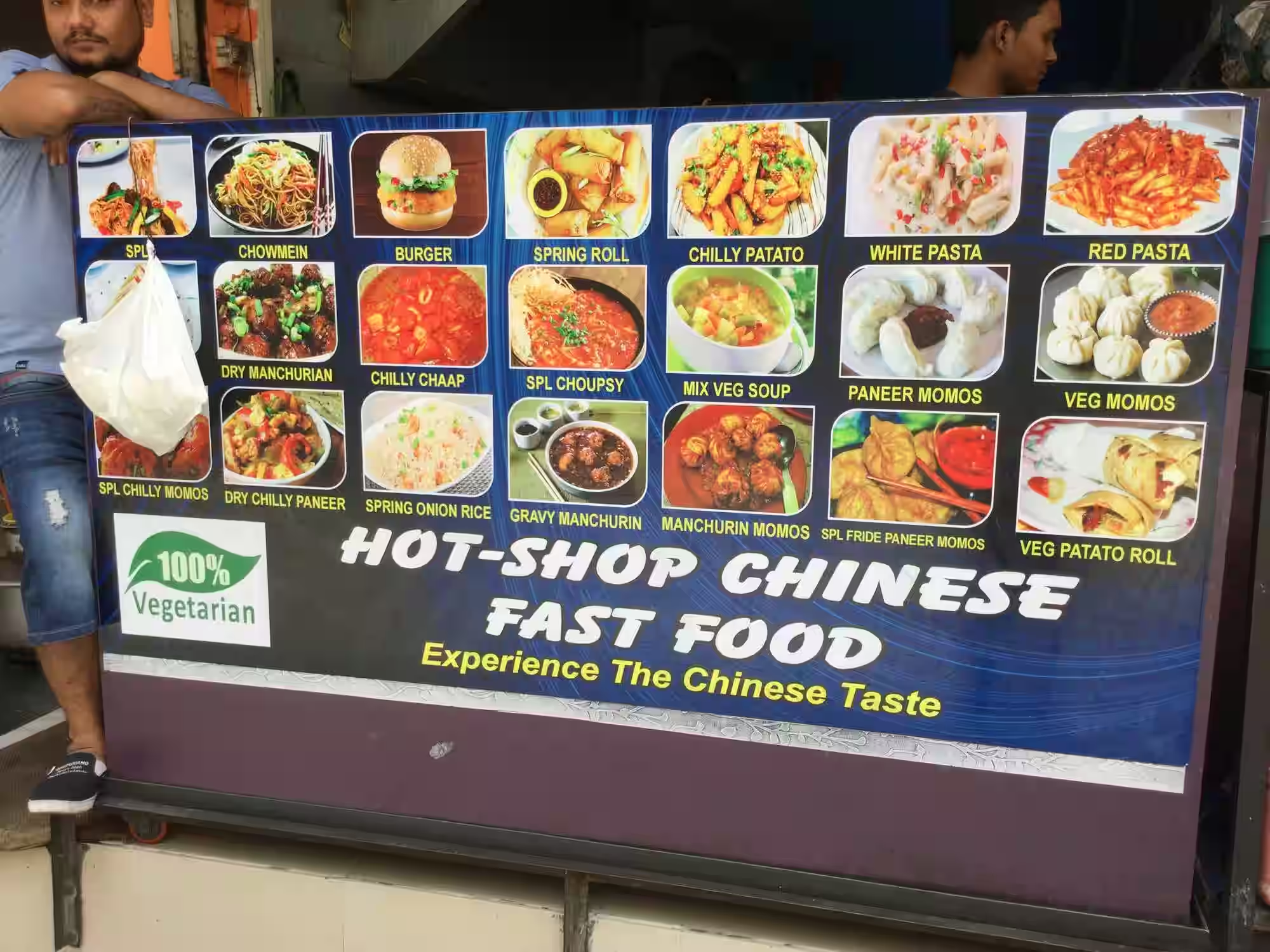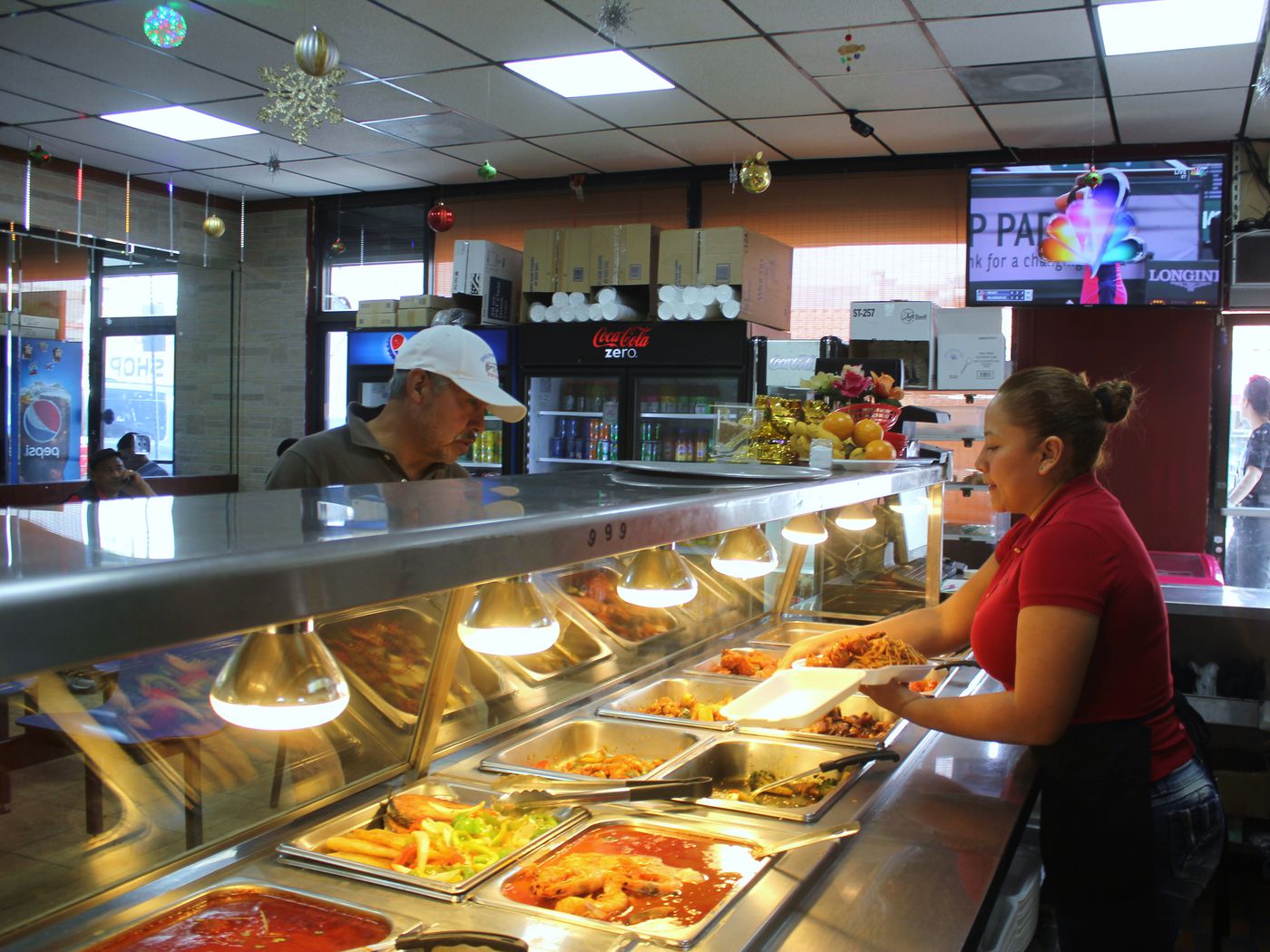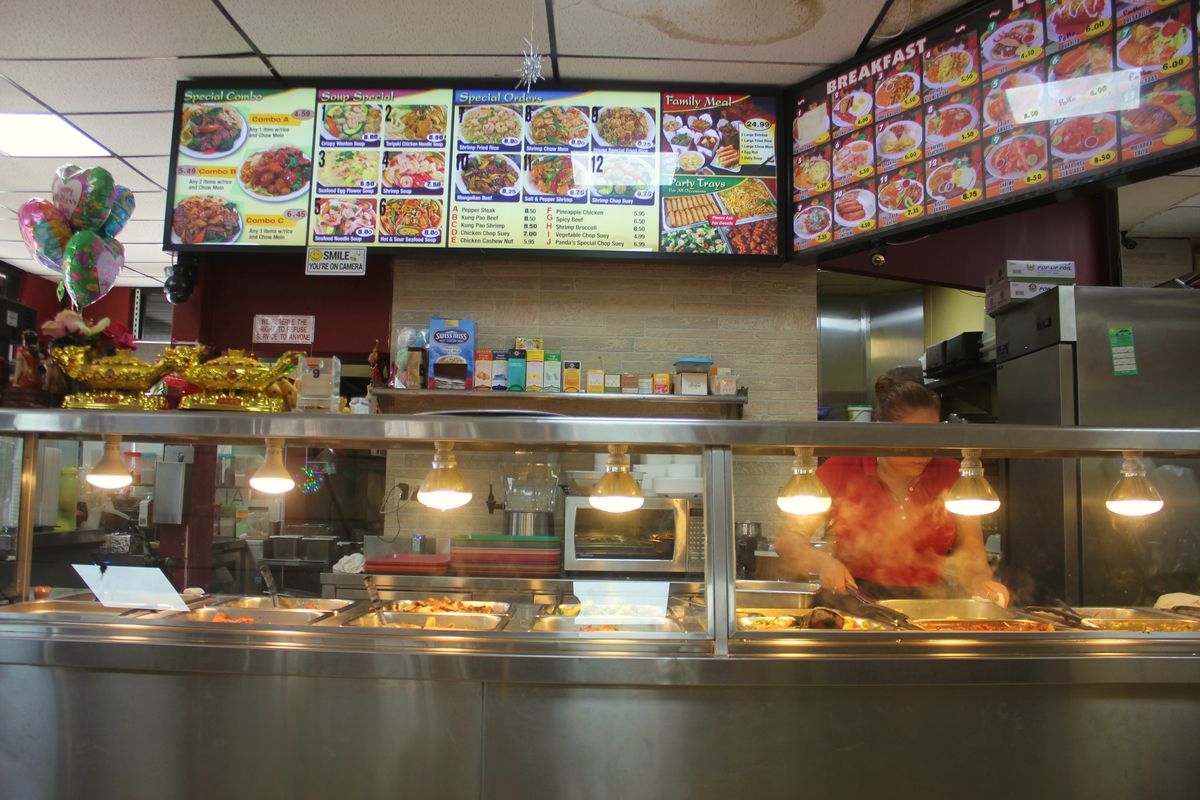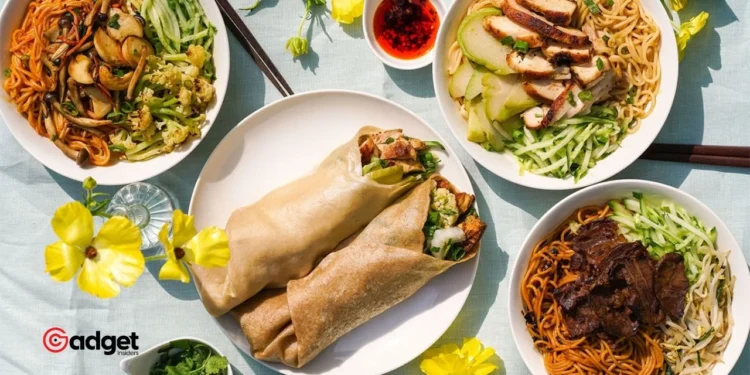In recent years, the fast-food industry in China has undergone a remarkable transformation. The once ubiquitous presence of Western chains like McDonald’s, KFC, and Starbucks, symbols of American culinary culture, is now being challenged by a surge of local businesses that are quickly gaining ground.
This shift is particularly noticeable in smaller cities across the nation, where these local insurgents are not just surviving but thriving.

The Decline of Western Dominance in China
The story of Western fast-food giants in China has been one of monumental growth and influence. For decades, the opening of a KFC or a McDonald’s in a Chinese city was seen as a sign of economic development and international openness.
With over 10,000 KFC outlets and 6,000 McDonald’s restaurants, the reach of these brands seemed unshakeable. Starbucks, too, made a significant mark with 7,000 coffee shops spread across the country.
Western chains used to dominate casual dining in China. The arrival of a Kentucky Fried Chicken was once regarded as a developmental milestone.
Now the tables are turning https://t.co/sYJiEA4Hek 👇
— The Economist (@TheEconomist) June 10, 2024
However, recent financial reports indicate a cooling interest in these Western icons. Starbucks’s Chinese sales dipped by 8% in the first quarter of the year compared to the previous year, and Yum China, the operator of KFC in China, witnessed a 3% decline in sales.
This downturn suggests a waning charm of foreign fast-food chains among Chinese consumers, who are increasingly turning towards homegrown brands that resonate more deeply with local tastes and cultural preferences.

The Rise of Chinese Fast-Food Brands
Amidst the declining popularity of Western chains, Chinese fast-food companies are experiencing rapid growth. Tastien, a local chain that creatively incorporates traditional Chinese ingredients like Peking duck and mapo tofu into its hamburgers, recently opened 1,600 new stores, bringing its total to 7,000.
Wallace, another innovative burger chain, now boasts over 20,000 locations, showcasing the immense potential for local flavors in the fast-food sector. Cotti, a relatively young coffee chain established just two years ago, is also making bold moves with plans to expand to 20,000 stores by the end of 2025, up from 6,000 last October.
Luckin Coffee, which has been a significant player in the Chinese coffee scene, doubled its outlets in 2023, reaching 8,000 locations nationwide. Moreover, Mixue, a popular bubble tea brand, serves its unique blends through an astonishing 36,000 outlets.
These numbers not only underscore the massive scale at which local chains are expanding but also highlight the shifting tastes of Chinese consumers. The success of these brands lies in their ability to cater to local preferences, offering a culinary twist that appeals more to the domestic market than the standard fare offered by foreign chains.

A Taste of Local Triumph
The changing dynamics of the fast-food industry in China reflect a broader trend of local empowerment and cultural reassertion. As Chinese consumers opt for brands that reflect their culinary heritage and tastes, local businesses are poised to continue their impressive growth.
The rise of these local chains is not just a business success story; it is a cultural phenomenon that speaks volumes about the evolving palate of China and the growing pride in its culinary traditions.










